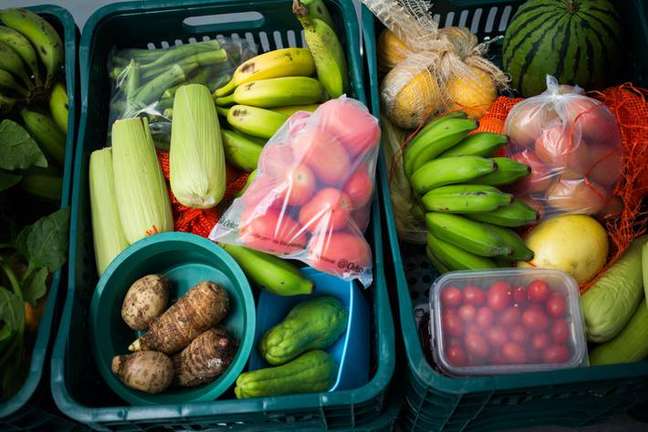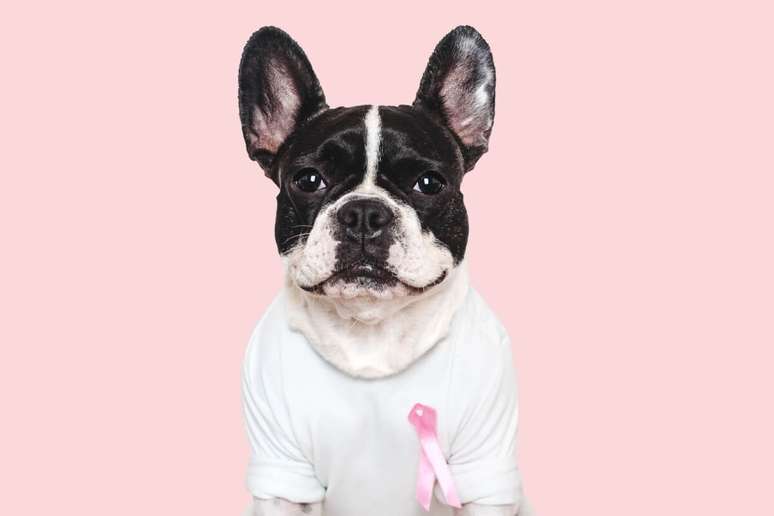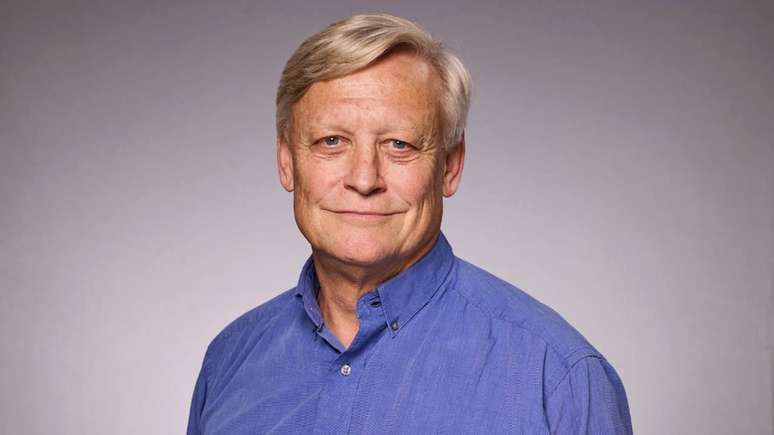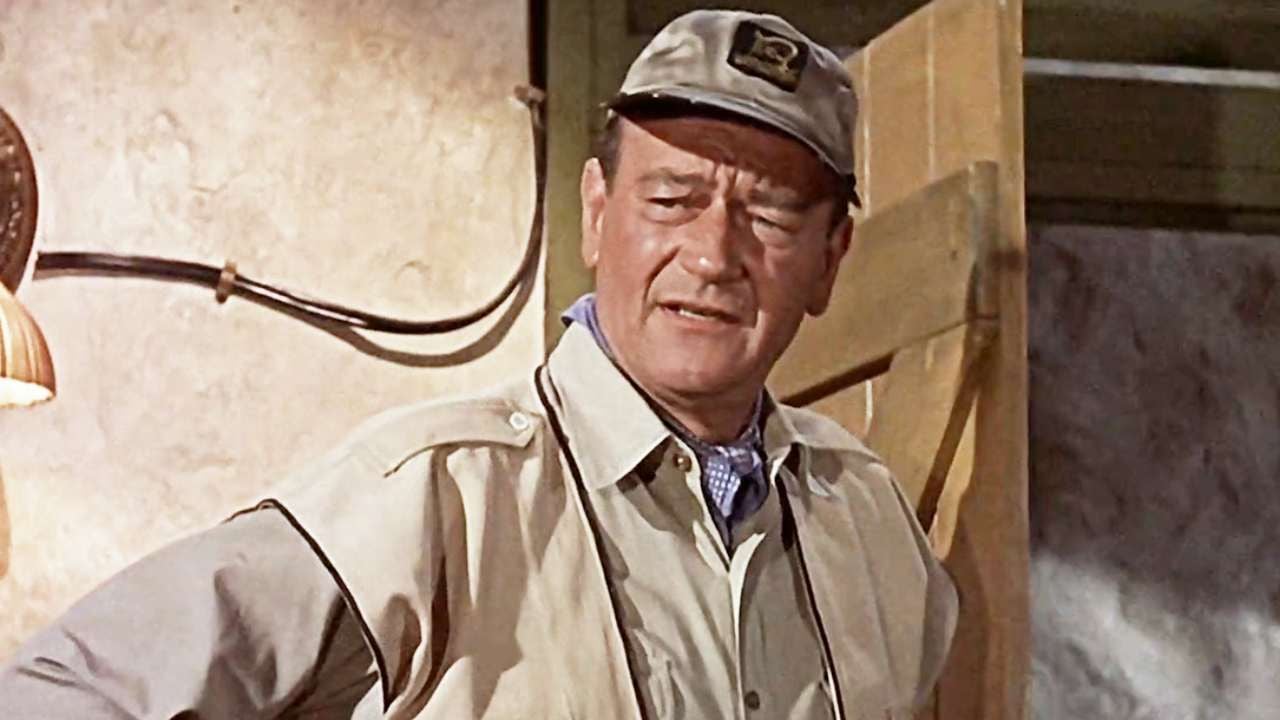It’s not just about giving up on meat: the change also refers to lifestyle, but requires more attention to nutrient replacement
The first dish is red meat. Then add the egg white, eggs and, finally, the milk and dairy products. The change of diet to adopt the veganism it can be gradual, but it also happens from hour to hour. Suddenly, all the ingredients and products of animal origin are cut.
When this position refers only to food, the person becomes vegetarian. When it is extrapolated to other aspects it becomes vegan. The term comes from the United Kingdom, from the Vegan Society. Founded in 1944, it is the oldest organization in the world dedicated to the subject. Veganism vetoes products, services and entertainment that involve the suffering or death of animals, such as leather clothing, animal-tested supplies, trips to zoos.
It is common for people to associate veganism with food, because activities such as circuses, research tests and attractions account for only about 2% to 3%, explains Ricardo Laurino, president of the Brazilian Vegetarian Society (SVB). “All the rest of cruelty and death is part of the food chain,” he says. October 1st is Vegetarian Day.
Where should someone interested in going vegan start?
“When we talk about style or philosophy of life, we have the feeling that the person will have to change everything. But basically it is we who put into practice something on which everyone agrees: in our choices we take products related to death and cruelty of animals “, explains Laurino.
A vegan for six years, Janete Silva, 48, hasn’t liked meat since she was a child. “The only ones I adapted best to were fish and chicken,” says the social worker at the São Paulo State Public Defender’s Office. “My father raised chickens and pigs and I watched them kill. He disturbed me. I was already one of the vegetables and I kept him that way.”
Brazilians consume 9.3 grams of sodium per day, almost double what the WHO recommended; see how to improve this habit
“It’s not a gastronomy school, it’s a lifestyle school. There are a lot of gastronomy schools, that’s not my goal. I wanted to take the mother of the family so that she could understand where the nutrients for food are taken from. “.
Laurino, from SVB, explains that the lack of information is an obstacle for those thinking of changing their diet. “A lot of people are excited, but sometimes, for lack of knowledge, they end up giving up making the transition,” he says. “Veganism is much closer than they think and anyone can embrace it.”
What are the main precautions when going vegan?
According to Tatiana Bononi, a nutritionist at São Camilo Hospital Network in São Paulo, anyone who wants to become vegan must first seek a doctor or nutritionist to avoid future problems caused by a change in diet. “The substitution of meat can take place with various other sources of nutrients and this orientation is essential to ensure the maintenance of a balanced diet,” she explains.
A vegan person, for example, should eat more meat, eggs, milk and dairy products than usual to maintain weight and nutrition, advises nutritionist Alessandra Luglio, a vegetarian food specialist and director of SVB Campaigns. “You have to make a bigger dish in terms of vegetables, otherwise it is caloric and the person may feel more tired,” she explains. “Vegetables have more water and fiber. It’s bulky, but it has fewer calories per gram. Meat, dairy and eggs have fat.”
In addition, a series of tests must be carried out in order for the transition to take place without harm to health, Tatiana warns. There are a total of about 17 tests, such as blood evaluation, fat metabolism, muscle evaluation of organs like kidney and liver, as well as vitamins like D, B9 and B12.
Even by doing these tests in advance, those who choose veganism must also be particularly careful about their health. “It’s not just about cutting foods out of the diet, we have to work together on that person’s goals,” Tatiana teaches. “We need to understand if it is necessary to insert nutrients and minerals so that there is no shortage of these substances. The vegan diet tends to lack B12, which is essential for the formation of red blood cells, which are very important for the functioning of the system. central nervous system “.
To assist in this transition, SVB has created the Vegan Option program (opcaovegana.svb.org.br), in partnership with Humane Society International (HSI). The intention is to help both people find vegan products to buy (in the Suppliers tab of the website menu) and businesses to include in their menus meals prepared without products or inputs of animal origin (in the Guidelines). The website ondetemopcaovegana.com.br, another SVB initiative, carries a survey of some 3,200 establishments in Brazil with at least one dish without any ingredients of animal origin.
The SVB president confirms that the adoption of this new stance was already growing in Brazil and gained more momentum with the pandemic. “People thought more about their lives, their choices. This ended up generating a greater desire to change,” says Laurino.
A 2018 Ibope survey has already shown the growth of vegetarians in the country. In the survey, 14% said they were vegetarians: in the metropolitan regions of São Paulo, Rio, Curitiba and Recife they were 16%. The same 2012 survey found that 8% said they were vegetarians.
Environmental problems
Laurino also recalls the aspect of environmental conservation that the change in diet helps to promote – according to him, the activity that most leads to deforestation is the production of animals for slaughter. “Animals also consume much of what we plant. About 80% of the soy produced ends up being consumed, mainly by pigs and chickens.”
When she makes her dairy products vegan, Janete is concerned about the origin of the ingredients. She has learned the recipes so well that she now sells the products on social media. She started by giving gifts to her friends, who started making orders. “The organic cashew comes from a cooperative in Ceará. In veganism, we think of an entire chain of sustainability.”

Tips for switching to veganism
ingredients
Some may raise doubts, which the SVB addresses in its Good Practice Handbook for the Vegan Option Program (opcaovegana.svb.org.br). Fungi, yeast, yeast and gluten (because it is an animal protein) are suitable for vegans. Casein, caseinate, whey, lactalbumin, lactoferrin, lactoglobulin, lactose and lactulose are milk and should not be used. You can consume products with the words “contains traces of milk and eggs”, because in their composition they do not have ingredients of animal origin.
Replacement
SVB nutritionist Alessandra remembers that calcium, normally from milk, can be obtained from dark green leaves. “There is calcium in sesame seeds. We can use tahini instead of butter. Children, adolescents and the elderly can drink calcium-enriched vegetable drinks,” she says. Nutritionist Tatiana Bononi recommends vegetables such as the protein-rich ora-pro-nóbis and peixinho, a PANC (unconventional food plant) whose taste is similar to fish.
Nutrition
It is important to diversify the vegetables consumed as much as possible, emphasizes Alessandra. “A person should eat peas, lentils and chickpeas, which are foods that provide a greater supply of vitamins, proteins and minerals,” she says. “There is a lot of talk about nutritional deficiency, but that’s not true. The person needs to make an adjustment.” According to her, eating meat drains energy and most people who become vegan or vegetarian feel better.
integration
This changes according to the stage of life. “Pregnant women and children need to supplement with iron and folic acid,” says Alessandra. “Vitamin B12 is the only nutrient found in bacteria found in the soil and that vegans need to pay more attention when they stop eating meat.”
professional help
While it’s not mandatory, having a nutritionist or doctor accompany the process helps ensure the transition doesn’t lead to any health problems. “Any lifestyle change deserves attention. In the case of veganism, we need to pay more attention so that the person can consume all the nutrients they need,” Tatiana completes.
What is the difference between vegetarian and vegan?
Vegetarian
The term refers to a diet consisting only of vegetables. But it gains adaptations according to various aspects, which include the consumption of eggs, milk and dairy products.
Vegan
The concept is broader. The vegan eats only vegetables, but also excludes products, services and entertainment that result in the suffering or death of animals.
Find out how to make vegan cheese
Renata Nunes, from @ideiavegana, teaches how to do vegan cheese of chickpeas.
INGREDIENTS
* 3 teaspoons chickpeas (soak in water for at least 8 hours, drain and after this time wash the chickpeas)
2 cups of filtered water
1 tablespoon of nutritional yeast
1 teaspoon of onion powder
1 teaspoon of garlic powder
1 teaspoon of salt
2 tablespoons of olive oil
1 tablespoon of apple cider vinegar
METHOD OF PREPARATION
1. Blend the chickpeas, water, yeast, onion, garlic and salt in a blender.
2. Add the oil and vinegar and beat again
3. Put it in a pan and bring it to the stove, stirring so it doesn’t stick to the bottom. Let it boil until the mixture begins to unstuck from the bottom of the pan.
4. Grease a bowl. Pour in the mixture and let it cool completely.
5. Bring it to the refrigerator the next day
+The best content in your email for free. Choose your favorite Earth Newsletter. Click here!
Source: Terra
Benjamin Smith is a fashion journalist and author at Gossipify, known for his coverage of the latest fashion trends and industry insights. He writes about clothing, shoes, accessories, and runway shows, providing in-depth analysis and unique perspectives. He’s respected for his ability to spot emerging designers and trends, and for providing practical fashion advice to readers.








